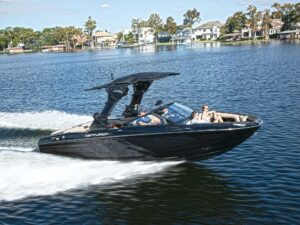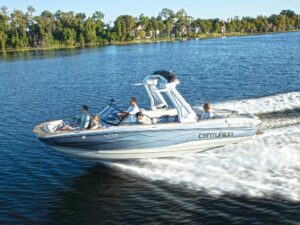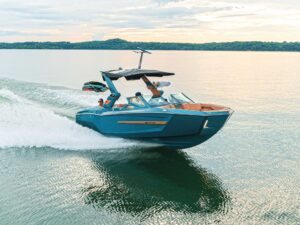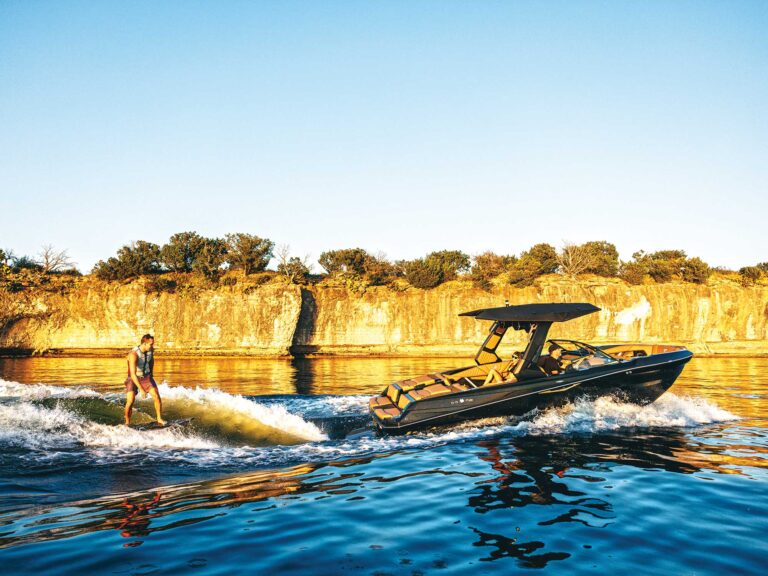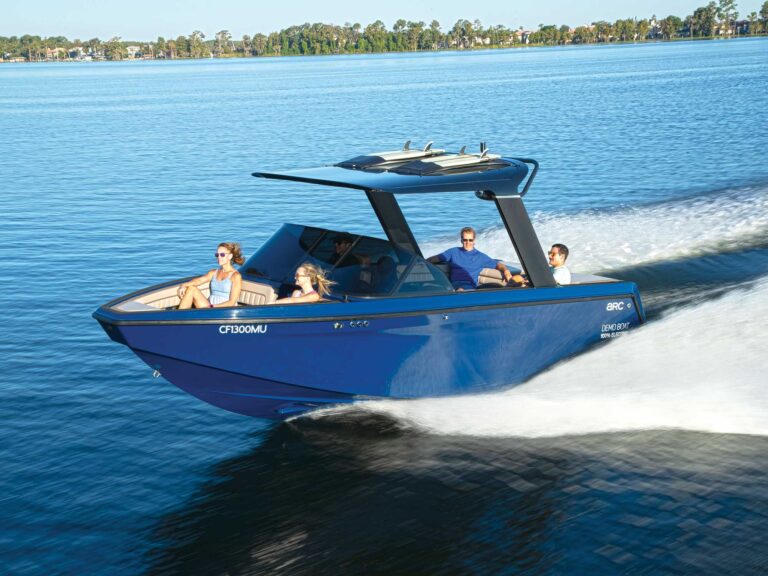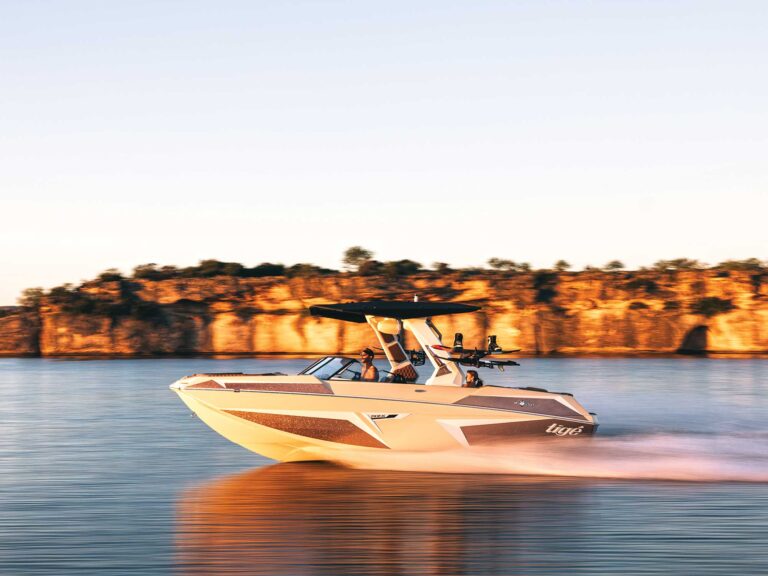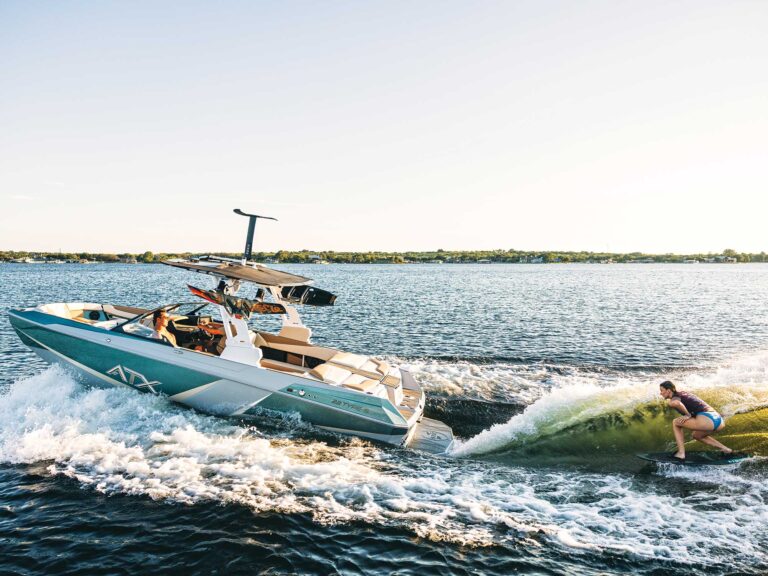
Recently, I decided to replace my boat’s old brass-tube/rubber-plug bilge drain with a more robust bilge drain, one that’s better suited for keeping the boat in the water for the summer. These are known generally as garboard drains. In the course of this re-fit, I discovered more choices in garboard drains that I had originally imagined. Here are some of the factors to consider when it comes to these fittings.
Hole Diameter
Garboard drains are available for transom holes ranging from ¾ to 1½ inches in diameter. The most common for today’s recreational boat is one that fits a 1-inch diameter hole. Whichever garboard drain fitting you choose, make sure matches the transom hole and that there is enough surface around the hole to accommodate the size of the flange without it hanging below the bottom of the transom.
Tube Depth
Some garboard drains have tubes that extend farther inside the transom hole than others. This dimension is irrelevant unless the tube extends beyond inner wall of the transom. In this case, it could impede bilge drainage by allowing water to collect along the inner transom wall aft of the drain-tube opening. Make sure the tube is not too long.
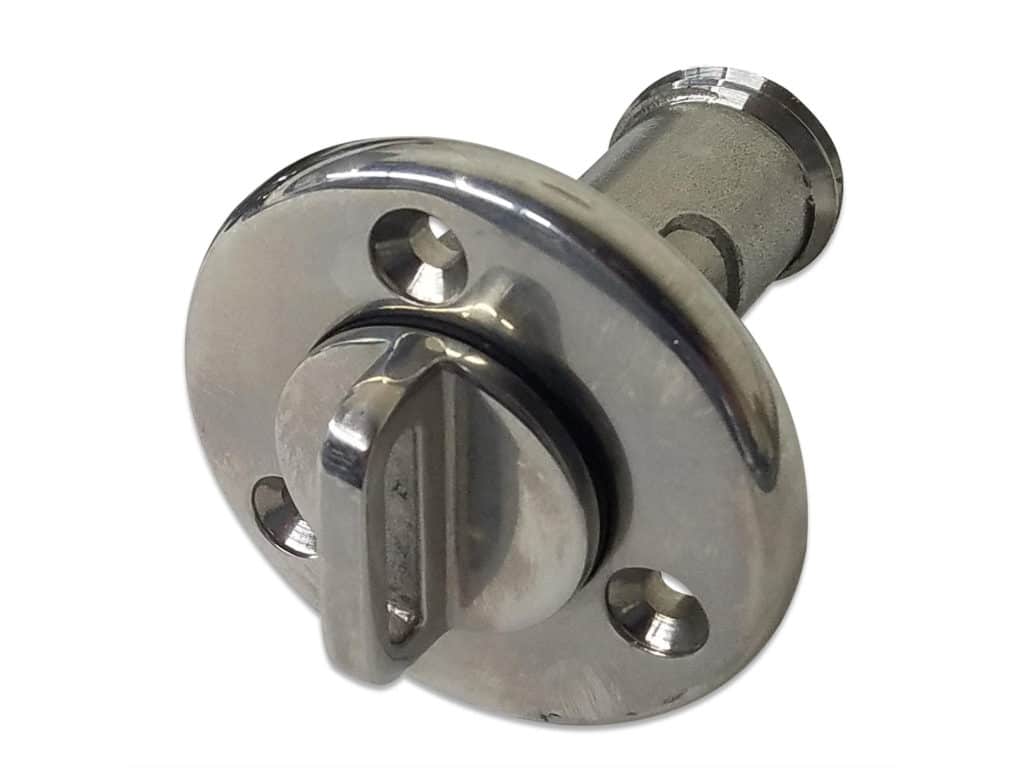
Material
Garboard-style drains come in three materials. Bronze, stainless steel and plastic. Since these fittings are well below the water, let’s discount plastic as a viable choice. Bronze is the traditional material, time-tested for resisting corrosion, especially for underwater applications. However, stainless steel offers a more pleasing esthetic when the boat is on the trailer, and is a better choice for aluminum boats, provided that the stainless steel is properly isolated from the less noble aluminum (bronze and aluminum do not play well together at all). However, stainless steel is more prone to corrosion than is bronze in underwater applications.
Through-Bolt or Not
Some garboard drains feature backing plates for through-bolting the flange to the transom. This is a good idea for boats that are kept in the water full time, and certainly can’t hurt on any boat, be dry-stacked, trailered or slipped. However, some garboard drain are installed with self-tapping screws through the outer flange. Make sure the screws are long enough to bite into the meat of transom. Whichever way the fitting is secured, be sure to generously bed the flange with an application marine sealant that is designed for use below the waterline.
Wrench vs. Thumb Screw
The original 1-inch garboard drains used bronze ½-inch plugs with a square head that required 9/16-inch or 14mm open-end wrench, an adjustable crescent wrench, or a special T-wrench for properly tightening and loosening the plug. Later versions feature a crossbar for better leverage for hand-tightening/loosening. More recent iterations offer more ergonomic thumb-screws that dispense with wrenches. The latter have gained favor with trailer-boaters and dry-stackers, while skippers who slip their boats still favor plugs that require a wrench.
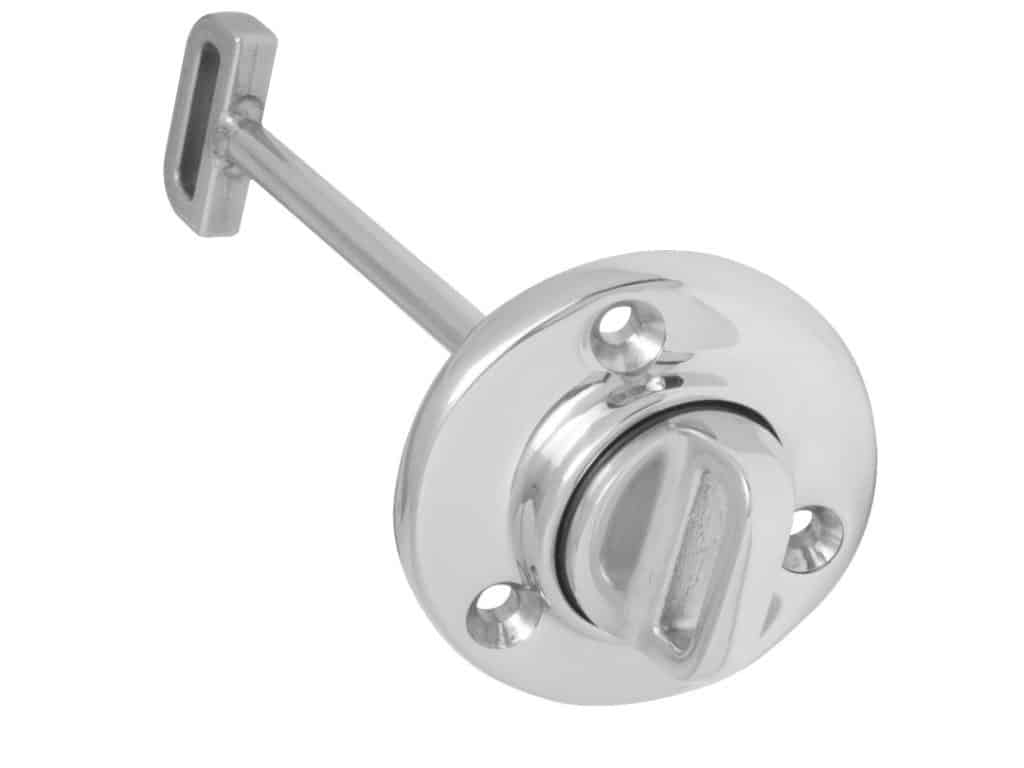
Captive Plugs
One downside of the garboard plugs is that they are smaller and easier to misplace or lose than the old rubber plugs. To help mitigate this failing, some garboard drains now feature captive plugs. The Attwood stainless-steel oval garboard drain ($34.95, greatlakesskipper.com), for example, has a plug that is retained by the fitting even when unscrewed, so you cannot lose it. I see many boats today with this style drain.
Seals and O-Rings
The original ½-plugs featured NPT threads that sealed watertight once battened down, but some of today fittings also feature O-rings or rubber seals that add an extra measure of safety. For instance, the Davey and Company bronze drain plug ($38.78, greenboatstuff.com) has a rubber seal that seats on the outer flange for a ultra-watertight fit.
Read Next: Three Things To Look For In A Bilge Pump
Emergency Spare Plug
Garboard drain plugs are small and easy to misplace, so have a spare or two is good idea. The Emergency Garboard Drain Plug from SeaSense is designed for just this reason. The injection-molded nylon, bright-orange plug clips to your boat’s key ring, so it is always handy when you need it most. $0.95, muddcreek.com


